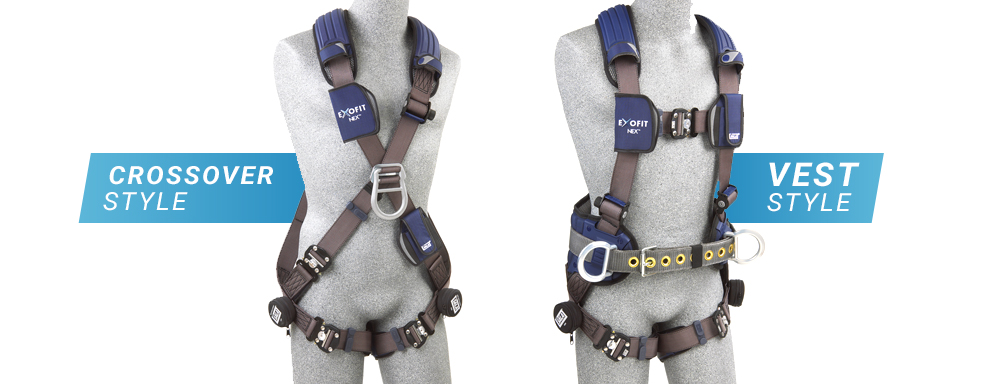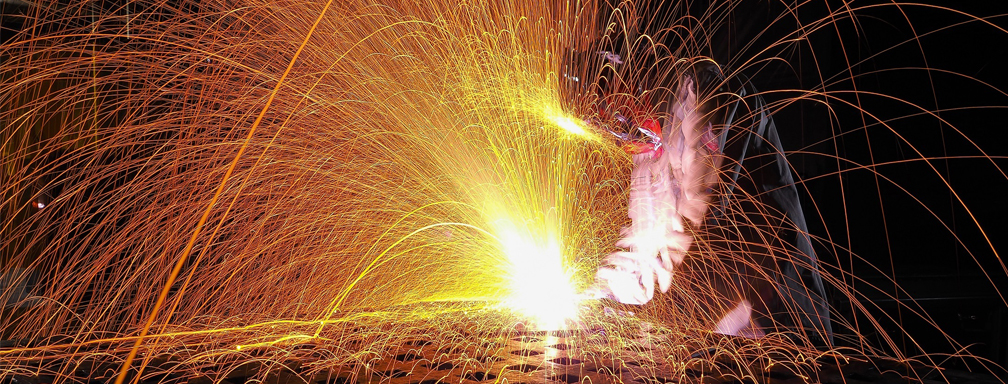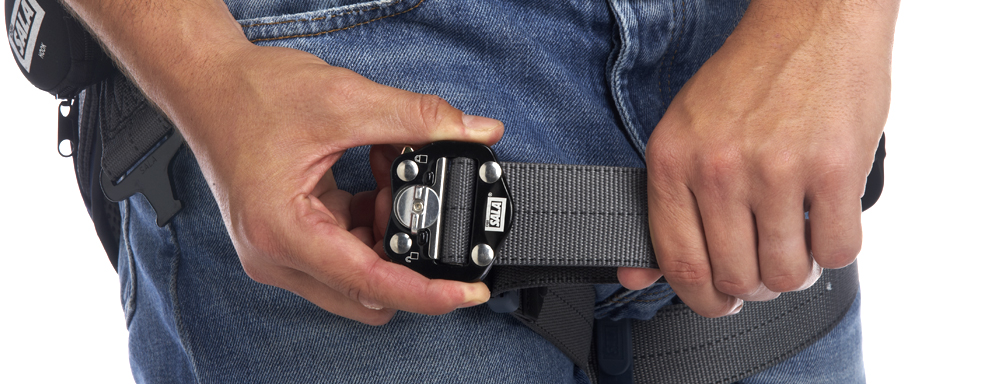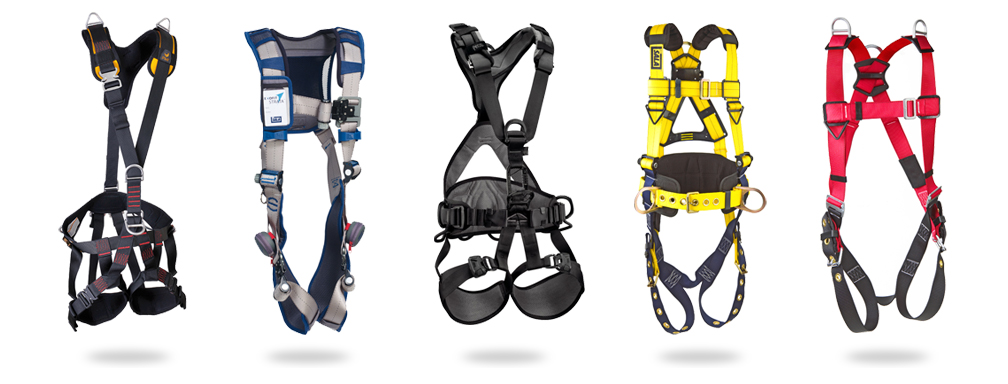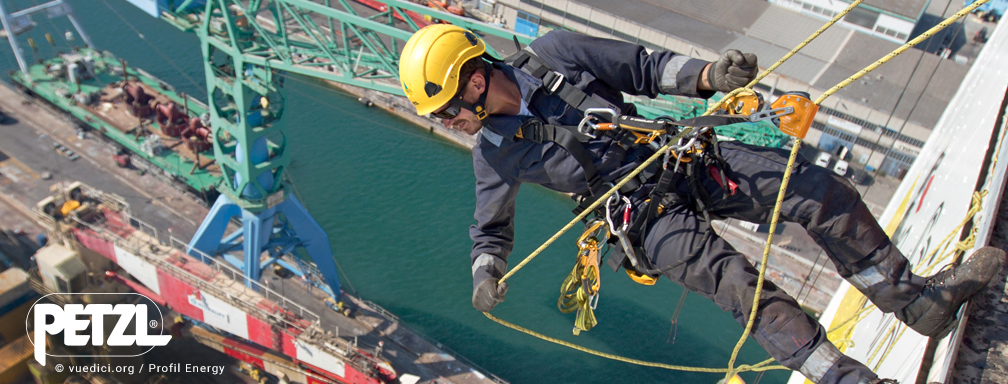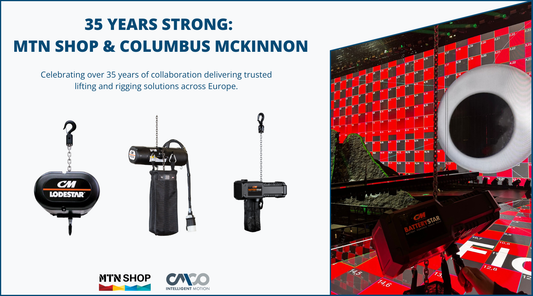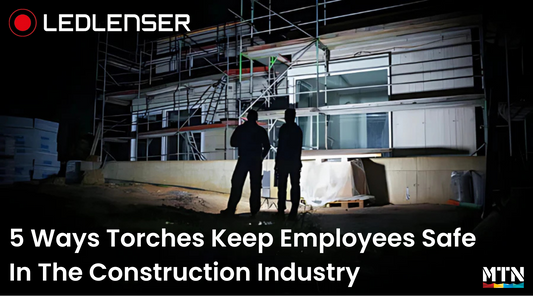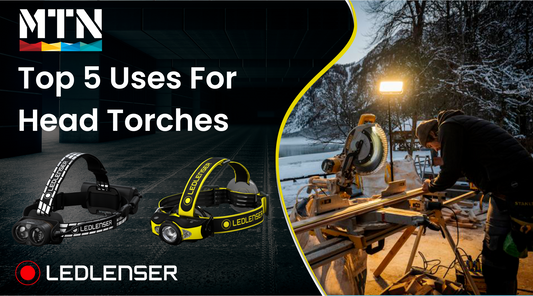9 Things to Consider When Looking for a Safety Harness 2025
Article
Getting the right safety harness is a very important task—after all, your life depends on it. With all of the different options, styles, features, and configurations available, there are a 9 things to consider before rushing out to invest in your new harness.
Work-at-height means a variety of tasks to workers across different industries. Maybe you’re climbing scaffold towers and building a temporary stage system for a music festival or perhaps you spend most of your day working in the offshore drilling market and need features designed for derrick work.
One thing is certain—you need a safety harness that will keep you focused on the job, is comfortable for all-day endurance, and is safe enough to meet all safety standards required of your equipment.
Here are some things to consider before buying your next harness:
1. Arbory vs. Industry

What are you using your harness for?
An arborists harness for tree use differs from the requirements needed for a professional industry work harness.
Arborist harnesses are built for flexibility and freedom of movement, with lower attachment points, sliding bridges, and padding to support dynamic positioning while climbing trees. In contrast, industrial harnesses typically have dorsal (back) and sternal (chest) attachment points suited for fall arrest, suspension, and rescue scenarios, prioritizing vertical mobility and compliance with safety standards like EN 361.
While both serve critical safety roles, arborist harnesses are optimized for lateral movement and comfort during long climbs, whereas industrial harnesses focus on fall prevention and stability in structured environments. Seat harnesses are also more frequently used in arbory, for example Petzl's SEQUOIA® Harness.
2. Where do you need D-ring attachment points?
For fall arrest applications, workers must have an attachment point located on the back between the shoulder blades. This dorsal (back) D-ring is an extremely critical piece of your safety gear, as it is the connection point that links to your self-retracting lifeline or safety lanyard—make sure the integrity and quality of your harness is something you’ll trust your life with. Certain Petzl harness have just a frontal D-ring while others have both.
Beyond the back D-ring, side D-rings located near the worker’s waist are needed for positioning applications (i.e. working with pole straps or work positioning lanyards). If you’re going to be climbing or ascending ladders, you’ll need a harness with a frontal attachment D-ring. The front D-ring is also important if you need descent control. Finally, for confined entry and retrieval purposes, you need a harness with shoulder D-ring attachment points that are used for upright retrieval.
3. Vest or Crossover Style?
Harnesses provided by Petzl and Neofeu are either in the vest style or crossover style configuration. This one’s purely preference, although be sure to check for the other features and D-ring attachments you need before selecting one over the other. Vest style harnesses are true to their name and don like a vest with a chest buckle. Crossover style harnesses are shaped like an “X” and don’t have a front chest buckle. These harnesses are donned by stepping into them. Crossover style harnesses have front-mounted D-rings that make them ideal for rescue or ladder climbing needs.
4. Do you need arc flash protection?
Certain jobs need safety gear that complies with arc flash safety requirements. Arc flash safety harnesses are non-conductive and have features such as flame-resistant webbing, PVC coated D-rings, and leather-padded insulators to meet arc flash compliance. Make sure to invest in this type of harness if you work around high-voltage electricity or hot-work, such as welding.
5. Look for adjustability
It doesn’t matter if you need to wear your harness for a few hours a day or the full work week. Comfort is a large factor that can contribute to how productive and focused you are on the job. Look for good adjustability in your safety harness buckles and straps to make sure you can get the perfect fit. Contractors or companies that have a large harness inventory used by multiple workers often find that tongue buckles are a good choice for easy adjustability amongst a group of people using the same harness.
6. Budget
Just because your budget is tight doesn’t mean you have to settle for anything less than the best. Your safety harness is an important investment and top-of-the-line models that offer all of the latest and greatest features carry relative price points. This is ultimately a worthwhile and recommended safety asset, but sometimes we just don’t have the budget to get that Cadillac model. Neofeu's Harnais NUS65A is a great harness that provides EN 361 : 2002 / EN 1497 : 2007 compliance at a more affordable price point for workers and companies looking to keep their employees safe without breaking the bank. Another great budget harness is FA2's Fall Arrest Harness with 2 Anchorage Points which is EN361 compliant. Take a look at all of your options available—we carry harnesses that will keep you safe regardless of the cost. No matter what your budget may be, don’t settle for a harness that lacks in reliability or quality.
7. Safety compliance
Speaking of compliance, make sure your gear has the appropriate compliance codes and meets the standards you need to adhere to. You benefit from the peace of mind in your harness’s quality assurance. There are many safety codes and standards that you might have to comply with, including OSHA, ANSI, ASTM, CSA, CE, and more. Make sure you have yourself covered on all necessary requirements.
8. A safety harness is just one part of your fall protection system
You have to remember that your safety harness is part of a whole system of equipment that must work together to keep you safe. This includes safety helmets, lanyards, ascenders, carabiners and more. Keep the big picture in mind when picking out your new safety harness and have a list of additional gear that you know you will be using on the job to make sure your investment has all of the features and attachment points needed to work.
9. If you don’t know, then ask!
This is just a small list of things to consider in your buying process. Don’t be afraid to ask your employer or supervisor additional questions to make sure you get the right gear. There are plenty of resources available to help you make your decision, including our support team. No matter what you need, we’ll make sure to get you the answer.
At MTN SHOP, we offer a wide range of Petzl, Edelrid, Neofeu, Protecta and FA2 harnesses. We encourage you to check out all of our lines to see which one is the perfect match for you. Here are some suggestions we have for you:
 |
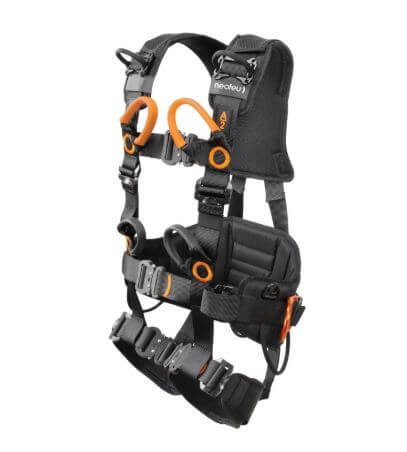 |
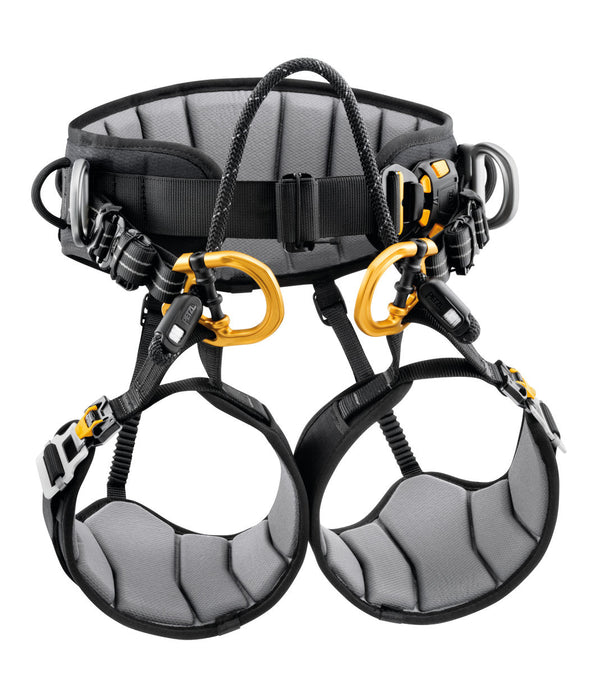 |
| Petzl AVAO® European version | Neofeu Harnais ILEO NUS140 | Petzl SEQUOIA® Harness |
The bottom line – do your homework!
The task of selecting a safety harness can be daunting with all of the options available. We’re here to help eliminate the stress and assist you in your search. Whatever industry you are in and no matter what job you are performing, take the time to research and identify the exact things that you need to have in your safety harness. We don’t have to tell you that safety is your most important priority, but we do encourage you to ask any questions you feel would help you along your journey of finding that perfect harness for you.


